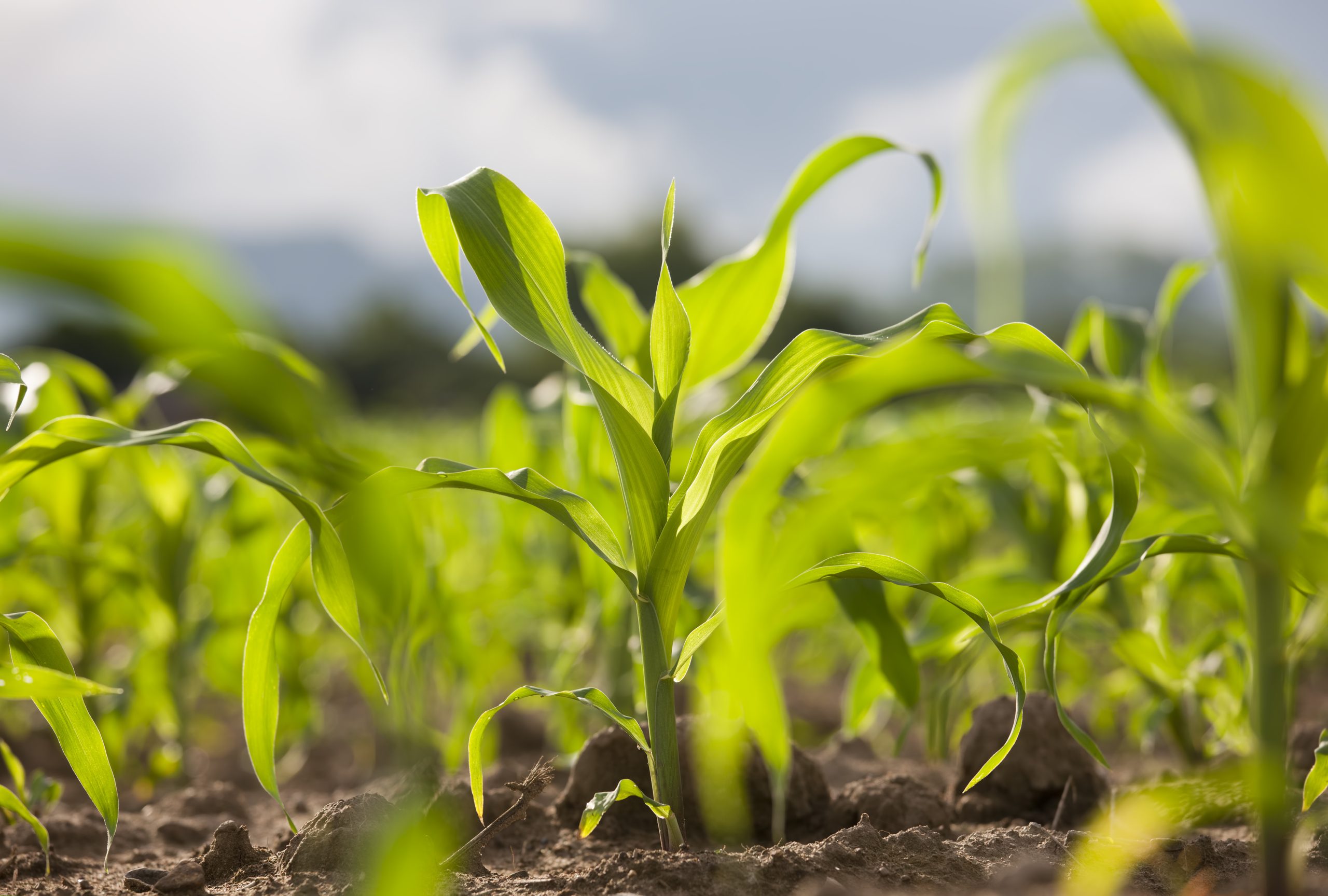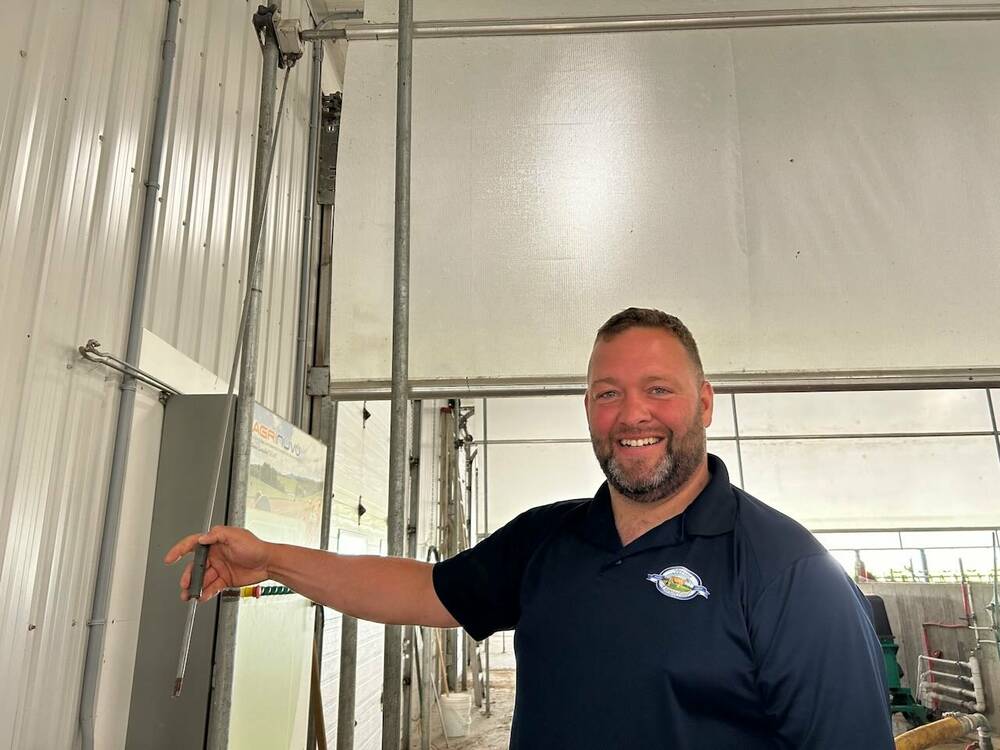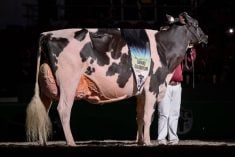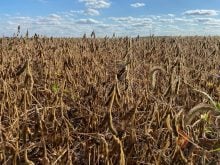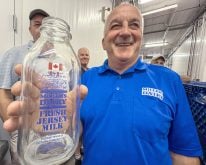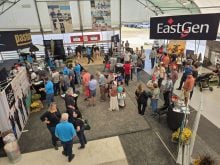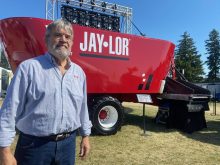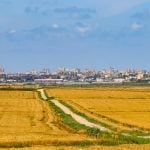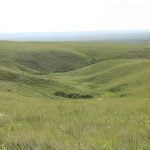After a summer in their new barn with cross ventilation, Mathieu Larose and Nancy Clouâtre of Ferme Laroselait in Verchères installed canvass baffles in 2020 to force air down onto the cows in the stalls and cool them in the summer.
According to Larose, it’s a must-have for cross ventilated barns.
Why it matters: Ventilation is key to maintaining healthy air for cattle and avoiding respiratory challenges.
Read Also

Partnerships, communication key to disease management
Communication and strong, trusted partnerships are key to managing infectious diseases like Foot and Mouth Disease and HPAI.
Larose had seen that American barns had this type of deflector, but they were rigid.
“For our climate, we couldn’t have permanent walls,” he says. “In winter, it would create pockets of humidity.” So he was hoping for a suitable solution.
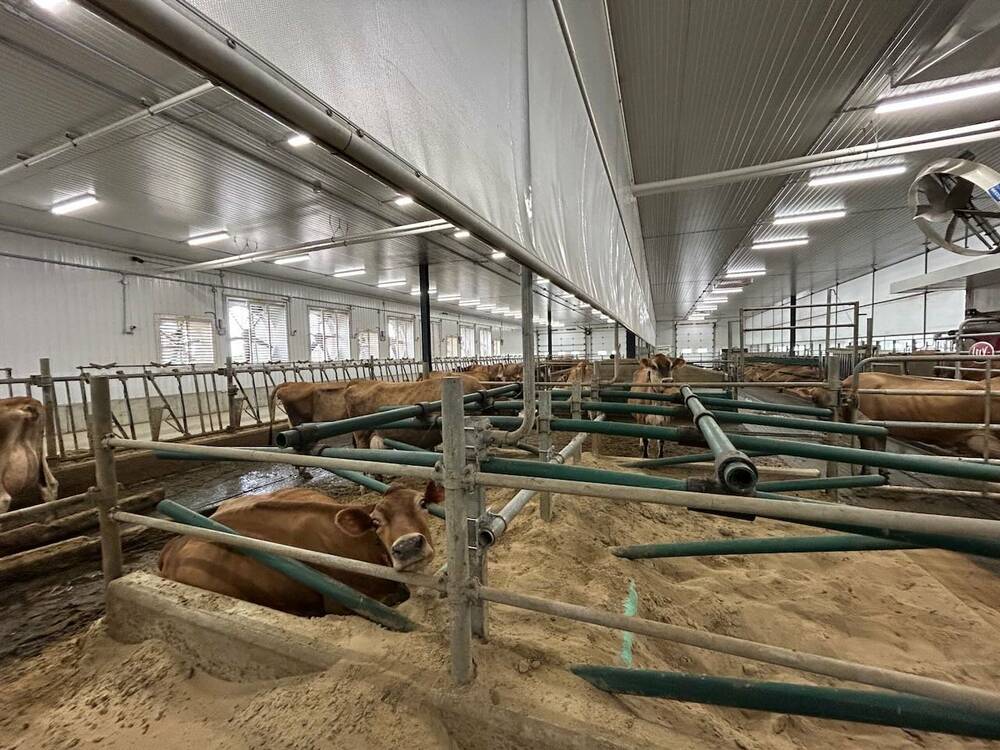
“The first time we went to see this was in southern Ontario, in London,” says Larose. “A big barn of 800 cows that had just been built. We flew with our engineer and we did three producers with barns like that with canvases lowered in the summer and raised in the winter.”
In a cross-ventilated barn like they have, the air enters through air inlets on one side of the barn, crosses the six rows of stalls and comes out through the fans on the other side. The square barn is 150 by 150 feet.
Three canvass baffles are hung from the ceiling above the double rows of stalls. They are lowered in the spring and raised in the fall. The mechanism is manual and allows the canvas to be rolled up or unrolled. It is a long rod attached to the mechanism and operated by a drill.
Clouâtre says that following the installation they removed four large 78-inch fans from the wall. The sale of the fans alone paid for the baffles.
“When we were running all the fans, it was so windy that the sand from the stalls was coming out,” says Larose.
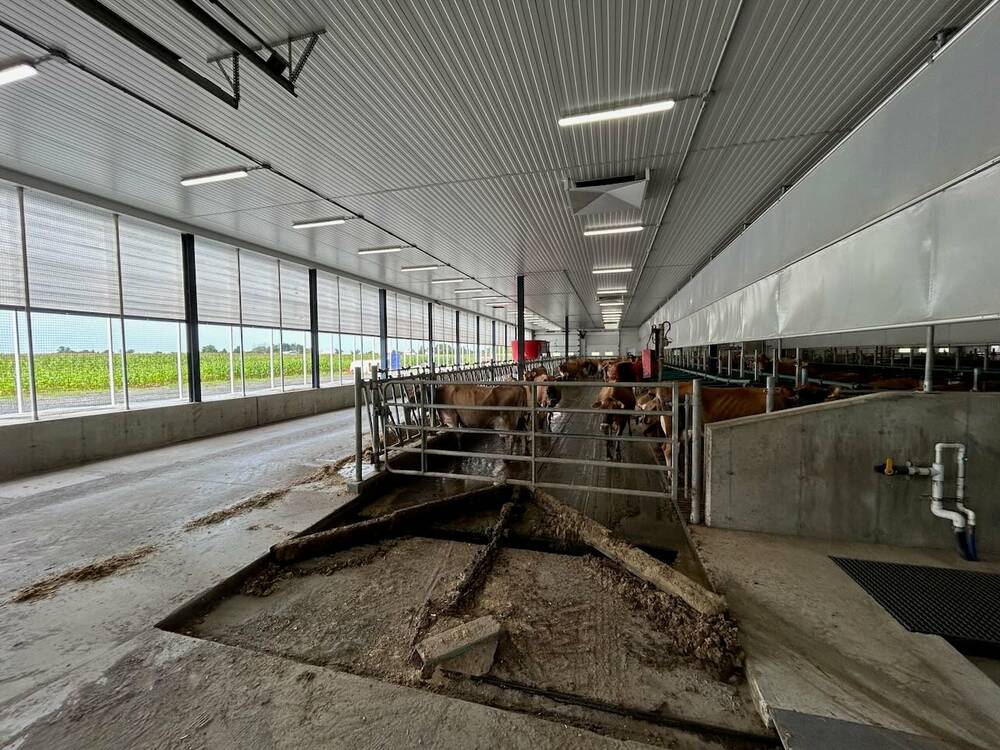
The only two regrets he has are not having installed them during construction and having installed such a high air intake. In fact, since they installed the baffles, they have had to lower the height of the air inlet openings.
Despite these points, Larose is very satisfied. “I find that I don’t see enough of them. For me, it’s a must,” he says. And with the high temperatures of July, it has made a big difference to the comfort of the cows.

